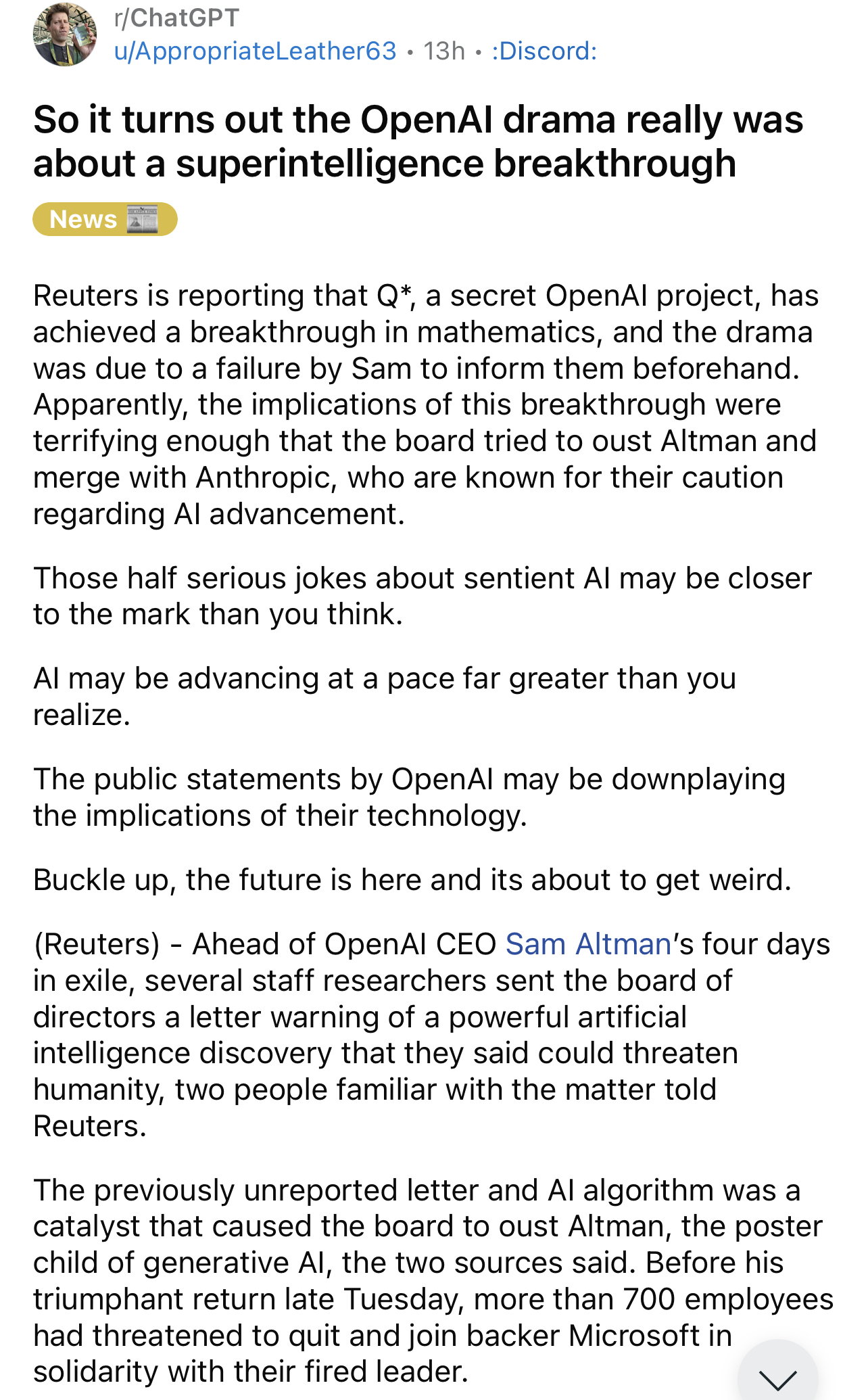the_dunk_tank
It's the dunk tank.
This is where you come to post big-brained hot takes by chuds, libs, or even fellow leftists, and tear them to itty-bitty pieces with precision dunkstrikes.
Rule 1: All posts must include links to the subject matter, and no identifying information should be redacted.
Rule 2: If your source is a reactionary website, please use archive.is instead of linking directly.
Rule 3: No sectarianism.
Rule 4: TERF/SWERFs Not Welcome
Rule 5: No ableism of any kind (that includes stuff like libt*rd)
Rule 6: Do not post fellow hexbears.
Rule 7: Do not individually target other instances' admins or moderators.
Rule 8: The subject of a post cannot be low hanging fruit, that is comments/posts made by a private person that have low amount of upvotes/likes/views. Comments/Posts made on other instances that are accessible from hexbear are an exception to this. Posts that do not meet this requirement can be posted to [email protected]
Rule 9: if you post ironic rage bait im going to make a personal visit to your house to make sure you never make this mistake again
view the rest of the comments

Kinda, but like cool ML is alphafold/esm/mpnn/finite elements optimizers for cad/qcd/quantum chemistry (coming soon(tm)). LLMs/diffusion models are ways of multiplying content, fucking up email jobs and static media creators/presumably dynamic ones as well in the future.
I doubt people are aware that rn biologists are close to making designer proteins on like home pc and soon you can wage designer biological warfare for 500k and a small lab. Or conversely, making drugs for any protein-function related disease.
Please elaborate in as much detail as possible, ideally with numerous hyperlinks. (I'm less surprised by this than you might think, but would greatly appreciate being clued into what's going on in this arena right now, as I've been largely cut off from information about it for years now.)
https://www.science.org/doi/10.1126/science.add2187
https://www.nature.com/articles/s41586-023-06415-8
https://www.sciencedirect.com/science/article/abs/pii/S1476927122000445
Basically you can (right now) fix protein part from one protein and hallucinate/design protein backbone backwards from it, using something like 4090, and that protein with high probability will fold as predicted. As an example fig. 3 in 2, shows you can design origami-like structures, which is not useful but very impressive, considering how long protein folding was dogshit despite compute power thrown into it.
Taking alphafold structures you can make proteins binding to other proteins, even without knowing nothing else, have appreciable expectation (>1 %) it will work. Which is how you can make designer viruses, if you were so inclined.
Drugs for now is not solved via neural networks, but they are working towards it, and i don't see a reason why design of structures binding to known protein structures won't work, it seems if anything else easier.
Awesome, thanks!
So, after taking some time to digest this information, I have a couple of follow-up questions, if you don't mind answering them.
First of all, where do things stand with drugs? Is it just not something academics are working on, but presumably being done (or already finished) within proprietary institutions (e.g. Big Pharma)? Can you point me to some recent papers on the subject?
~~Secondly, what about enzymes? Binding proteins are interesting, certainly, but it's enzymes that really excite me the most. Is anyone working on custom enzyme design, and if so, can you link some papers on that?~~ In looking more closely at that Nature paper, I see that enzymes are something of a work-in-progress as yet. If you have anything else on the subject, I'd welcome that, but if there's nothing else of note there, that's fine.
Thank you for mentioning this to begin with, by the way, I really appreciate the info you've already shared!
With drugs third paper references it, i think in the next 6 months people expect neural net check of compounds binding affinities (https://www.biorxiv.org/content/10.1101/2023.11.01.565201v1.abstract), but here quantum chemistry (neurally based) is lagging behind, they still can't do large molecules (>30 atoms) reliably. Basically rn the big bad boy is david baker lab, they do all this exciting stuff, you can periodically check google scholar for new developments like i do.
With enzymes (as i understand) the problem is to make them work, they can make them bind, but they can't make them move to do stuff.
Alphafold can't make conformations for now, and its a harder problem, so maybe in 2 years they can develop something reliable, as for now its mainly shenanigans of biasing folding programs into new conformations
This is great information, thank you so much!